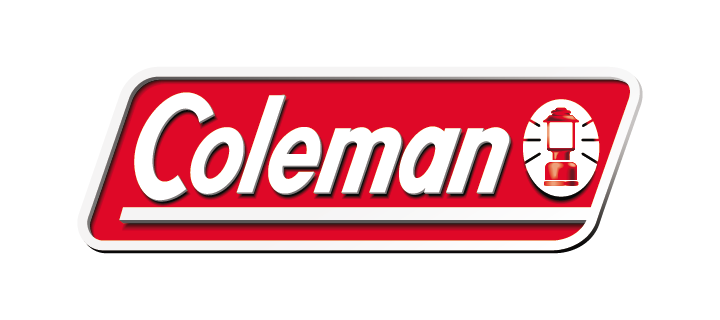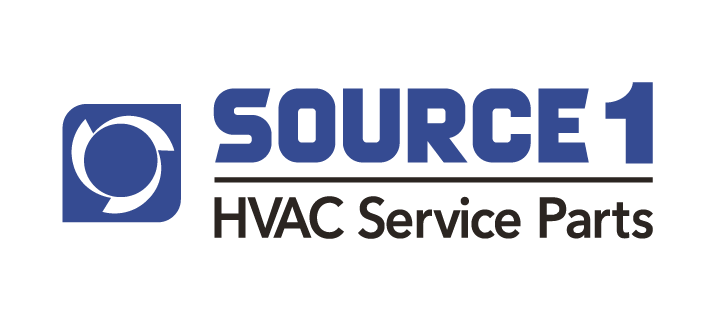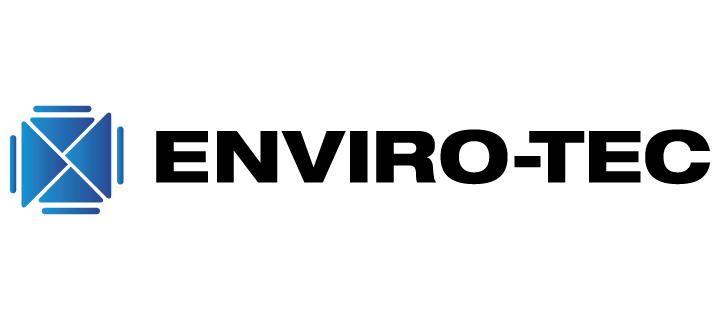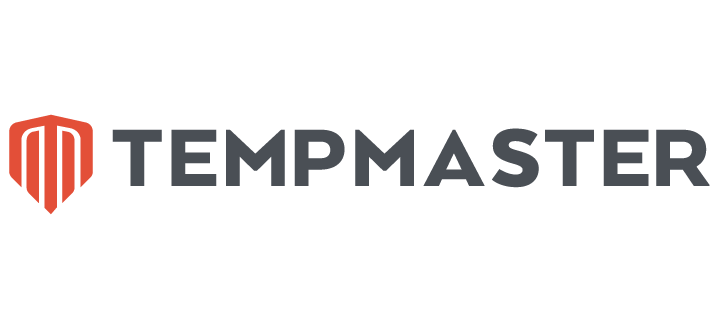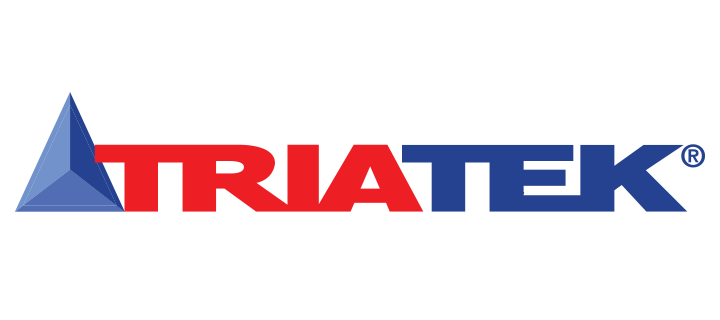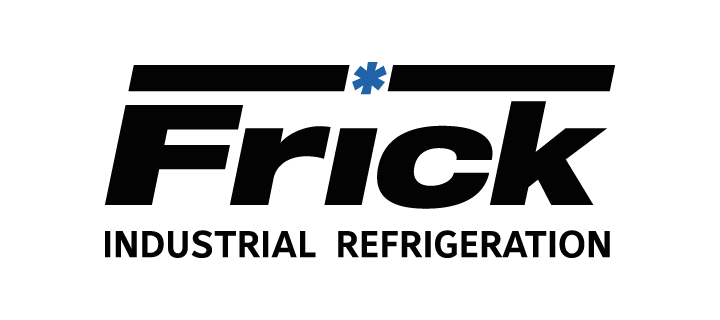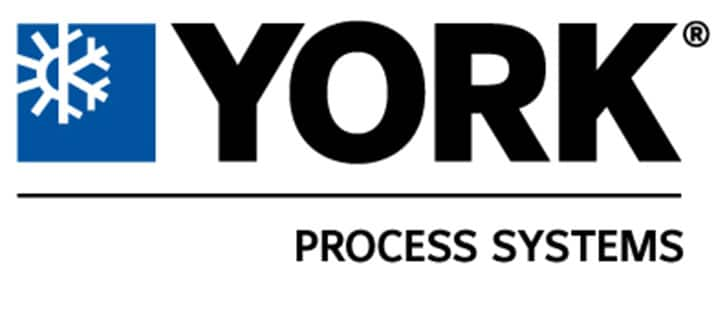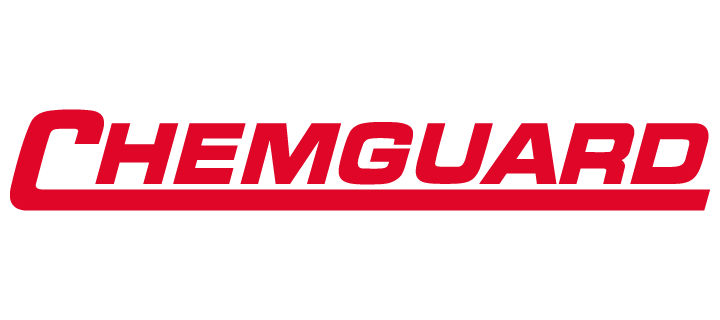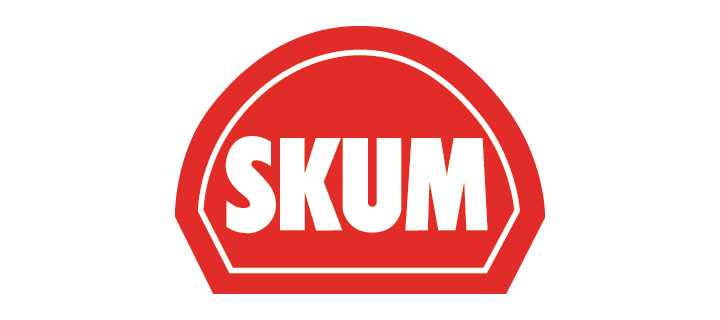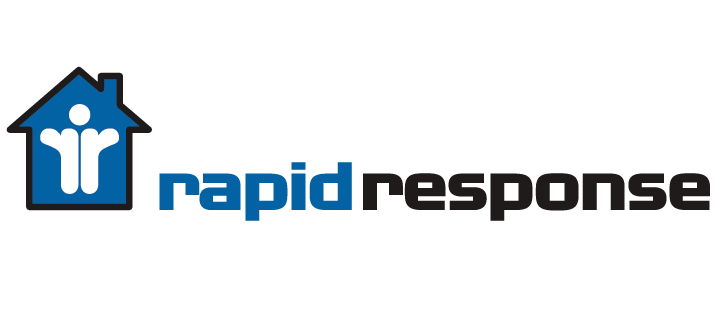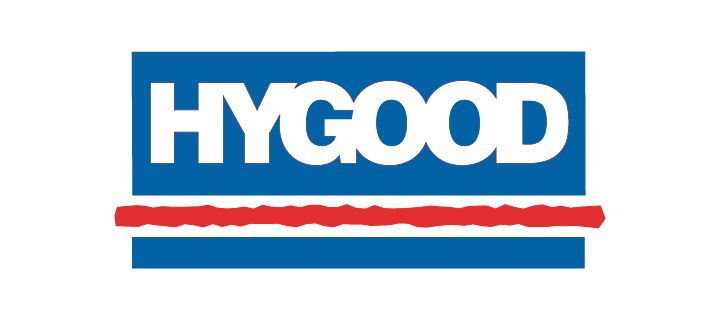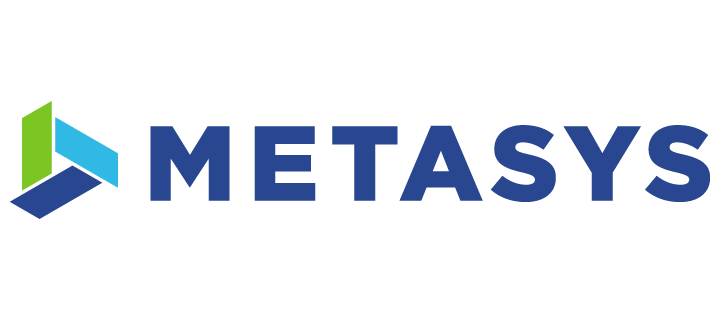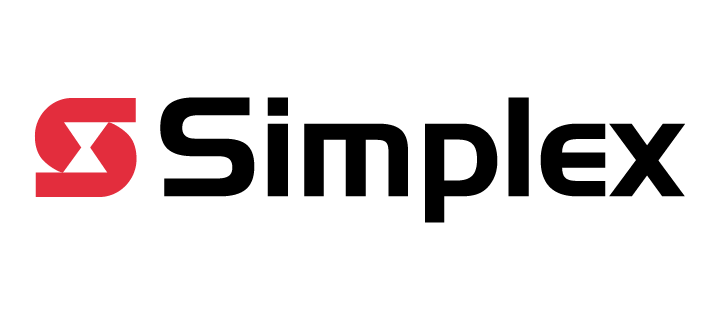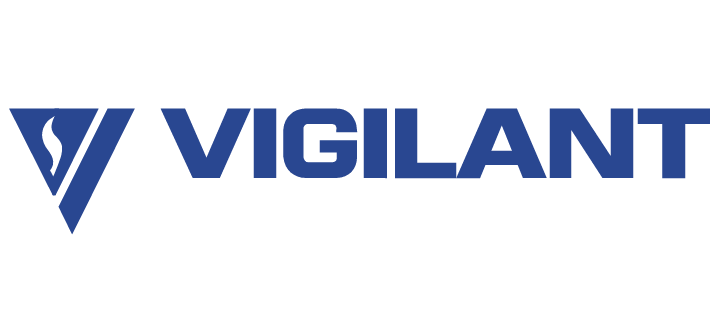Global Directory
- Anguilla - English
- Antigua & Barbuda - English
- Aruba - English
- Bahamas - English
- Barbados - English
- British Virgin Islands - English
- Cayman - Islands - English
- Curacao - English
- Dominica - English
- Dominican Republic - Español
- Grenada - English
- Guadeloupe - English
- Haiti - English
- Jamaica - English
- Martinique - English
- Puerto Rico - English
- Puerto Rico - Español
- Saint Barthélemy - English
- Saint Kitts and Nevis - English
- Saint Lucia - English
- Saint Martin - English
- Saint Vincent & The Grenadines - English
- Trinidad & Tobago - English
- Virgin Islands - English
- Austria - Deutsch
- Belgium - Français
- Belgium - Nederlands
- Bosnia & Herzegovina - English*
- Bulgaria - English*
- Croatia - English*
- Czech Republic - Čeština
- Denmark - Dansk
- Finland - Suomeksi
- France - Français
- Germany - Deutsch
- Greece - English
- Hungary - Magyarország
- Ireland - English
- Italy - Italiano
- Macedonia - English
- Netherlands - Dutch
- Norway - Norge
- Poland - Polski
- Portugal - Português*
- Romania - Romanian
- Russia - Русский
- Serbia - English
- Slovakia - Slovenčina
- Spain - Espanol
- Sweden - Swedish
- Switzerland - Deutsch*
- Switzerland - Français*
- Switzerland - Italiano*
- United Kingdom - English

-
Products and Solutions
-
Services and Support
- Maintenance, Repair Services & Operations
- Product Documentation
- Product Selection Tools
- Energy and Efficiency Solutions
- Design and Construction Solutions
- Optimization and Retrofit Solutions
- Systems Integration
- Managed Services
- Fire Maintenance and Support
- Security Maintenance and Support
- Replacement Parts and Supplies
- OpenBlue Service

Our highly trained technical and product specialists deliver customized predictive and planned maintenance programs developed for individual facility needs.
Learn more - Industries
- Insights
-
About Us
Global Directory
- Anguilla - English
- Antigua & Barbuda - English
- Aruba - English
- Bahamas - English
- Barbados - English
- British Virgin Islands - English
- Cayman - Islands - English
- Curacao - English
- Dominica - English
- Dominican Republic - Español
- Grenada - English
- Guadeloupe - English
- Haiti - English
- Jamaica - English
- Martinique - English
- Puerto Rico - English
- Puerto Rico - Español
- Saint Barthélemy - English
- Saint Kitts and Nevis - English
- Saint Lucia - English
- Saint Martin - English
- Saint Vincent & The Grenadines - English
- Trinidad & Tobago - English
- Virgin Islands - English
- Austria - Deutsch
- Belgium - Français
- Belgium - Nederlands
- Bosnia & Herzegovina - English*
- Bulgaria - English*
- Croatia - English*
- Czech Republic - Čeština
- Denmark - Dansk
- Finland - Suomeksi
- France - Français
- Germany - Deutsch
- Greece - English
- Hungary - Magyarország
- Ireland - English
- Italy - Italiano
- Macedonia - English
- Netherlands - Dutch
- Norway - Norge
- Poland - Polski
- Portugal - Português*
- Romania - Romanian
- Russia - Русский
- Serbia - English
- Slovakia - Slovenčina
- Spain - Espanol
- Sweden - Swedish
- Switzerland - Deutsch*
- Switzerland - Français*
- Switzerland - Italiano*
- United Kingdom - English
A joint initiative from Mahindra and Johnson Controls
Net Zero Buildings Initiative A sustainable buildings toolkit for IndiaSustainable Buildings Toolkit to decarbonize buildings in India
Buildings account for roughly 60% of emissions from cities, and their energy demand is expected to grow as the population and economy expand. This is especially true in the Indian context, where 70% of GDP comes from cities. To achieve the goals of Paris Agreement, rapid transformation is needed in the way buildings are designed, constructed, and operated. Similar to renewable energy and electric vehicles, there is an increasing focus on accelerated action to decarbonize buildings.

Why Net Zero Buildings Initiative (NZBI)?
With rapid urbanization and economic growth in India, it is expected that a significant capacity of building stock that is required by 2050 is yet to be built. Buildings consume approximately 30% of the electricity generated in India today.
To address this, the Government of India is encouraging adoption of energy saving practices in buildings, deeper implementation of energy conservation building codes, amendment to energy conservation act, reporting of sustainability initiatives for large businesses, equitable access of clean energy for buildings among other initiatives.
To know more on how Johnson Controls & Mahindra Group's Net Zero Buildings can help you achieve your net zero goal
The Net Zero Buildings Initiative - A sustainable buildings toolkit for India focuses on reducing operational carbon in buildings and brings together a host of technical solutions, purchasing best practices and tools for sustaining improvements


India green building regulations, standards and best practices
Regulations serve as the foundation for creating sustainable buildings, and India has made significant progress in this regard over the past two decades. With a well-structured central and state framework, India’s regulations have laid the groundwork for sustainable building practices in the country.
Identifying and implementing conservation measures
Critical to realizing any future goal is understanding where buildings stand today. Digital technology will quickly and accurately paint that picture by automatically measuring and aggregating your utility data and converting it into industry standard metrics. It provides a single dashboard that pulls together information on energy usage, utility spend and carbon emissions, eliminating the need to manually process the data from disparate sources.

- Operations Maintenance and Repair Services
- Product Documentation
- Product Selection Tools
- Energy and Efficiency Solutions
- Design and Construction Solutions
- Optimization and Retrofit Solutions
- Systems Integration
- Managed Services
- Fire Maintenance and Support
- Security Maintenance and Support
- Replacement Parts and Supplies
- Operations Maintenance and Repair Services
- Product Documentation
- Product Selection Tools
- Energy and Efficiency Solutions
- Design and Construction Solutions
- Optimization and Retrofit Solutions
- Systems Integration
- Managed Services
- Fire Maintenance and Support
- Security Maintenance and Support
- Replacement Parts and Supplies





